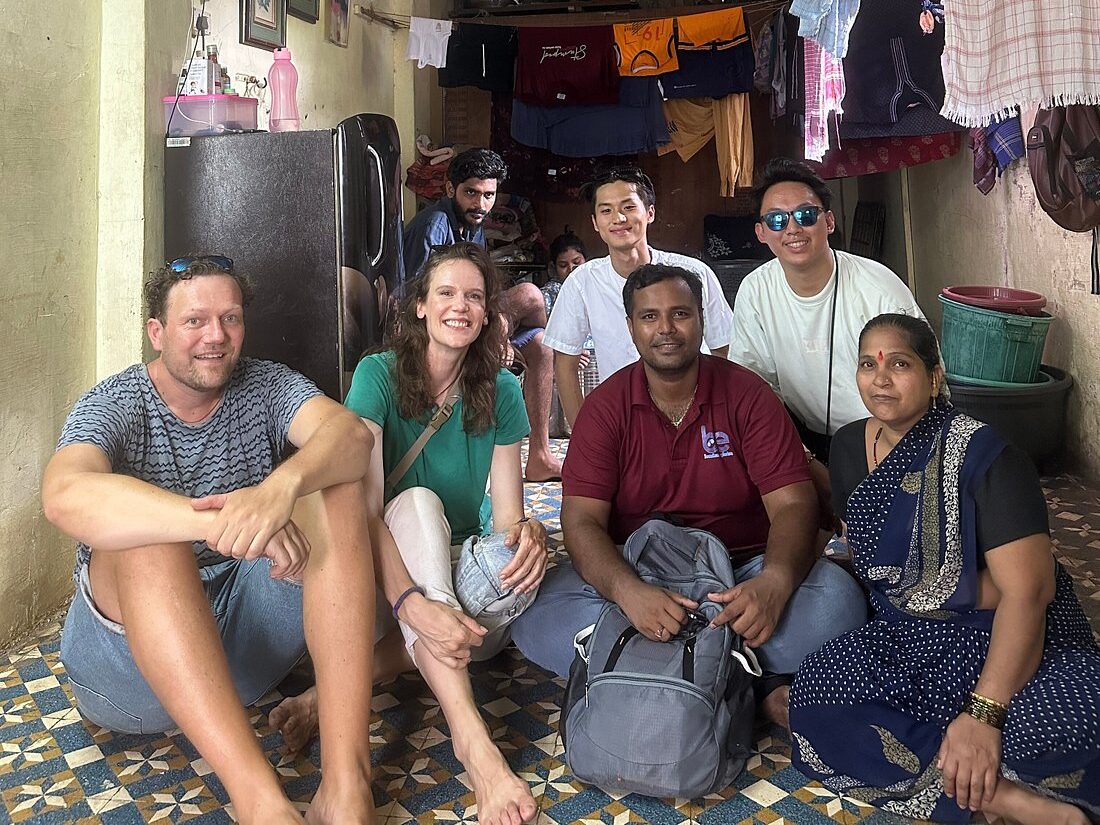Introduction
Mumbai, often referred to as the “City of Dreams,” is a bustling metropolis that epitomizes the diversity and contradictions of India. Amidst the glitz and glamour of Bollywood, the towering skyscrapers, and the luxurious lifestyles of the elite, lies a stark contrast – Dharavi, one of Asia’s largest slums. Surprisingly, this place has become a unique attraction for tourists, especially foreigners, who opt for Dharavi slum tours as part of their Mumbai sightseeing experience. In this blog, we will delve into what Dharavi slum is, and explore the reasons why foreigners choose to visit this intriguing destination.
Understanding Dharavi Slum
Dharavi is a sprawling informal settlement located in the heart of Mumbai, covering approximately 520 acres. It is home to a diverse population of over one million people, making it one of the most densely populated areas in the world. Contrary to popular misconceptions, Dharavi is not merely a place of despair and poverty; it is a vibrant community filled with resilience, entrepreneurship, and a unique way of life.
The slum is divided into several zones, each with its own character and industry. Some areas are known for recycling and manufacturing, while others focus on pottery, leather production, and food processing. These small-scale industries form the backbone of Dharavi’s economy and contribute significantly to Mumbai’s overall economic output.
Why Do Foreigners Visit Dharavi Slum?
Cultural Exchange: Foreigners often visit Dharavi slum as a means of cultural exchange. They seek to gain a deeper understanding of the diverse tapestry that makes up Mumbai’s social fabric. Interacting with the locals, learning about their daily lives, and witnessing their resilience in the face of adversity can be a humbling and eye-opening experience.

Entrepreneurship and Innovation: Dharavi is a testament to human ingenuity and the spirit of entrepreneurship. Many small-scale industries thrive within the slum, and tourists are eager to witness firsthand the resourcefulness and creativity of the residents. From recycling to pottery, visitors can appreciate the remarkable skills and determination of the people.
Authenticity: In an age of globalized tourism, many travelers are searching for authentic experiences. Dharavi offers an unfiltered glimpse into the real-life struggles and triumphs of Mumbai’s working-class population. Visitors often find that this authenticity is a stark departure from the more touristy attractions in the city.
Supporting Local Initiatives: Dharavi slum tours are often conducted by local guides and tour operators, providing employment and income opportunities to residents. By participating in these tours, foreigners contribute directly to the local economy and support community-driven initiatives that aim to improve living conditions in the slum.
Changing Perceptions: Tourists are often surprised to discover the resilience, warmth, and sense of community that exists within Dharavi. These experiences challenge preconceived notions about slums and poverty, promoting empathy and a broader perspective on social issues.
Conclusion
Dharavi slum, despite its challenging living conditions, has emerged as a symbol of hope, enterprise, and the human spirit. Foreigners who visit Dharavi as part of their Mumbai sightseeing tours do so not out of voyeurism but to engage in meaningful cultural exchanges, witness remarkable entrepreneurship, and challenge their perceptions of poverty and urban life. While Dharavi may be an unconventional tourist destination, it offers a unique opportunity for travelers to connect with the heart and soul of Mumbai, and in doing so, gain a deeper appreciation for the complexities of the human experience.
